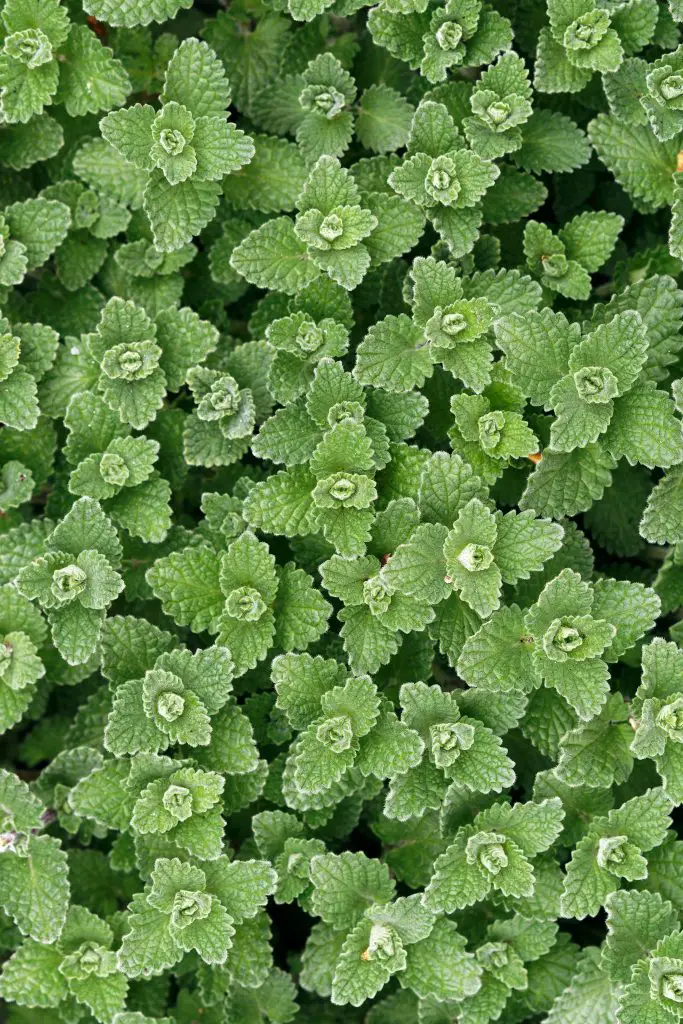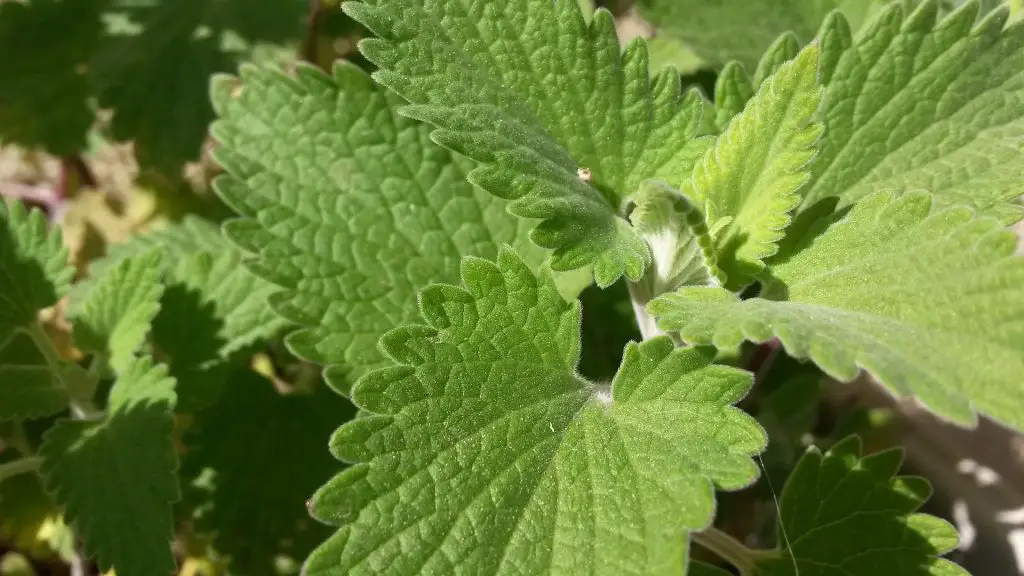Is Catmint Invasive? Catmint, Nepeta × faassenii, is a popular plant in the cottage garden. It is widely cultivated around the world for both its foliage and blue flowers. But is it invasive like mint and will it take over the garden?
Catmint is not a plant that is generally considered invasive according to Cornell University. However, it does spread within your garden over time and does need to be controlled to some degree. Within my garden, I find that the plant pops up semi-regularly and sometimes needs to be removed or replanted. However, as catmint does not spread by seed it can be controlled with a minimum of fuss.
This occasional bit of maintenance is far outweighed by the advantages it brings to the garden. So much so that it was given the Award of Garden Merit by the Royal Horticultural Society in the UK.
It is a drought-tolerant plant that produces attractive foliage and blue flowers throughout the summer. It is commonly used on the edges of a border and also makes an excellent groundcover due to its thick matted root system which smoothers any competition from weeds. It is also resistant to attacks from wildlife such as deer or rabbits who do not seem interested in eating it.
Is There Only One Type Of Catmint?
Within the Catmint family, there is a number of cultivars that range in height from low growing border plants to small shrubs that reach a height of up 3 feet tall. The low-growing cultivars, such as Walker’s Low seem to be the most widely grown varieties. A list of the more common varieties of Nepeta × faassenii are provided below;
- ‘Walker’s Low’ is an extremely popular variety that has greenish grey foliage, lavender flowers that flower all summer. It reaches a height of 2 feet (60 cm) tall upto 3 feet (90 cm). To read more about it click here.
- ‘Jr. Walker’ is a similar variety to ‘Walker’s Low” but with a more compact growth habit that typically only reaches 1 to 1.5 ft (30 to 45 cm). In 2013 it was rated a “Top Performer” by Colorado State University.
- ‘Select Blue’ is another common variety that has blue rather than purple flowers.
- ‘Six Hills Giant’ is a taller variety that also has bluer flowers and reaches a height of up to 3 feet (90 cm) tall.
- ‘White Wonder’ is a version that has white flowers.
In addition to Nepeta × faassenii there are also several other species from the same genus that are useful alternatives in the garden if the soil conditions are not ideal.
Siberian Catmint, Nepeta sibirica, is a variety that is more suited to cold locations, and will survive down to zone 3. The variety is 2 to 3 feet tall with bluish-purple flowers and has larger leaves than the more common catmint.
Japanese catmint, Nepeta subsessilis is an ideal choice if you have moist soil. It is also has a similar cold tolerance to Siberian catmint. It produces blue flowers and typically reaches 2 feet in height.
Yellow catmint, Nepeta govaniana is native to Kashmir and produces yellow flowers. This variety has a more upright habit than other catmints and is well worth considering for your garden.

How To Grow Catmint
Catmint is an easy plant to grow and is ideally suited to planting in a cottage garden. It is also an ideal companion plant in the vegetable garden as it does an excellent job attracting pollinators to the garden. It also makes your garden more cat-friendly.
Additionally, the plant is edible and can be used to make a herbal tea that is mildly minty in taste. The leaves also have also been used in salads to add fragrance. The plant is said to have stress-relieving properties that help reduce anxiety.
Where To Plant Catmint
Catmint prefers a location that gets at least 8 hours of sun, but it can also tolerate partial shade. In a shadier location, the plant will produce significantly fewer flowers but will still produce dense foliage. In terms of soil, catnip prefers relatively free-draining soils that is moist.
However, the catmint will still do very well in lower quality soil, it is generally quite hardy and drought-resistant. As a result of these characteristics, the plant rarely requires fertilizer. An annual application of pelletized manure in early spring is usually more than enough. In fact, soils with too many nutrients can cause the plant to split in the middle.

Growing Catmint From Seed
When growing Catmint from seeds it is best to start them off in early spring in seed trays. They can be planted indoors as early as 6 to 8 weeks before the last frost date. However, if you are starting the plants off this early it may be necessary to apply additional heat either by bringing the seed tray inside your house or using a heated propagation tray.
If you live in a cold climate and are frequently growing plants from seed a heated propagation tray is a worthwhile investment as they are relatively low cost and will really help to get your seeds going in the early part of the growing season.
If you are interested in purchasing one we recommend the iPower Heating Seed Starter Germination Kit which is shown in the picture below. It features a vented dome which helps to main humid conditions. Click on the link to see the current price on Amazon.

The seeds should be planted at a depth of around 0.5 inches (1 to 2 cm) into trays containing seed raising mix. The seedlings will take 6 to 8 weeks to reach a sufficiently large size to allow them to be planted out into the garden. During this period it is important to ensure that the seedlings remain moist.
Once the seedlings reach a sufficiently large size they may be transplanted into the garden after the risk of a late frost has passed. They should be planted at least 12 to 16 inches apart to avoid overcrowding. When planting them out it is advisable to mulch thickly around the base of the plant to avoid any chance of them drying out.
If they are planted early enough in the season it is likely that they will flower in the first season. At the ending of each growing season, they can be cut back hard in order to reshape the plant and get it ready for next year. It is important to note that Catmint is an extremely tough plant so you can completely hack the top of the plant off and it will come back the following year.
Propagate The Catmint By Dividing
Irrespective of the cultivar you select the catmint will progressively spread over time this provides an opportunity to propagate the plant by division. The division can be done at any stage of the year, however, I generally recommend doing it in late Autumn or even winter dependent upon the climate you live in. The reason for this is that the division at that time will not interrupt the flowering of the plant.
To divide the catmint simply dig up the entire plant and use a shovel to slice through the center of the root ball. The plant segments can then be placed in the desired location and watered in well. As mentioned above the plants are pretty tough so you can be absolutely brutal with the division and the plant will survive.
Conclusion
Catmint is an absolute asset in the garden. It is an excellent low-maintenance plant that requires very little work are really suits a gardener that wants their garden to look good without doing much work. The plant will spread but is not difficult to control.
